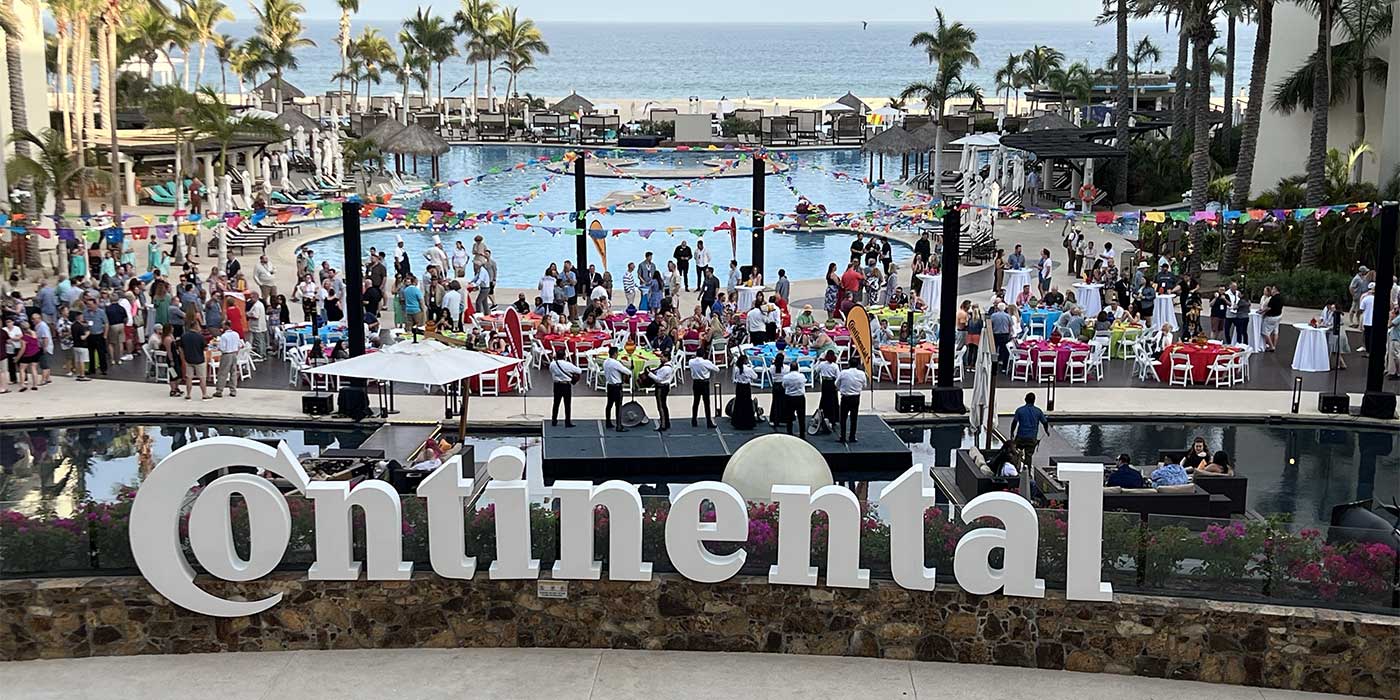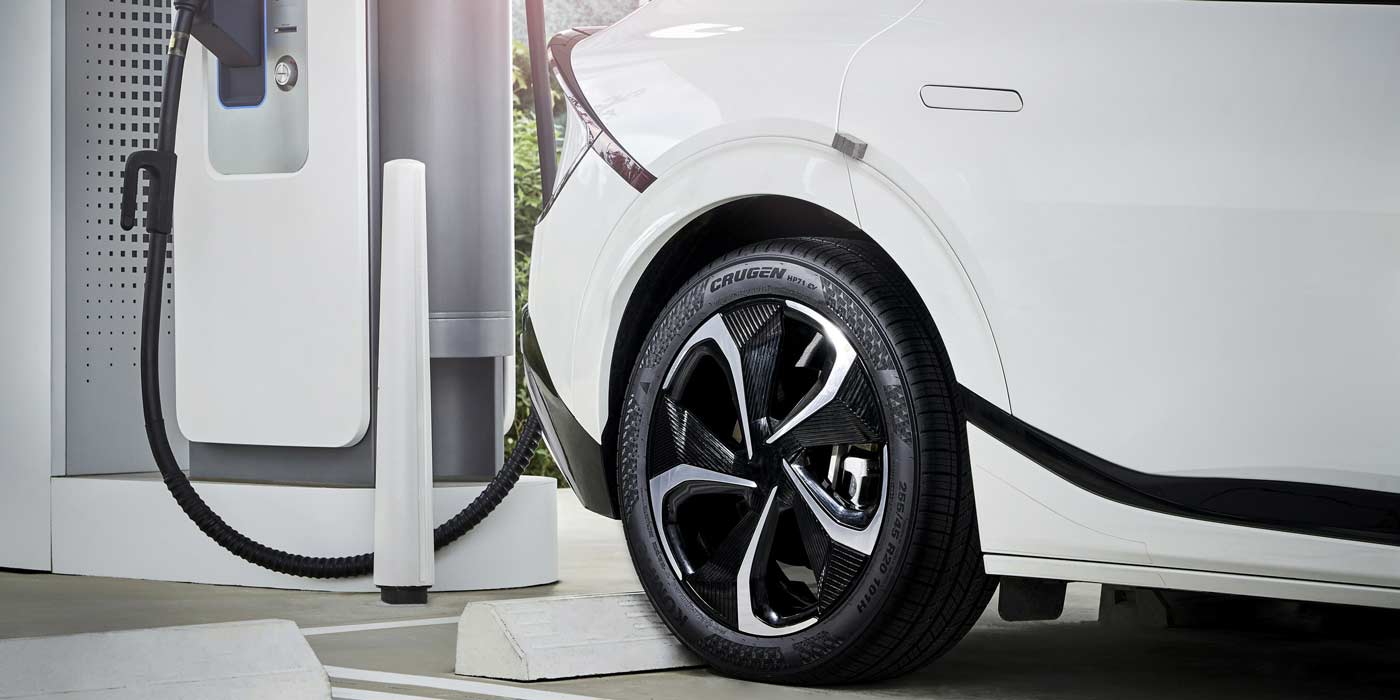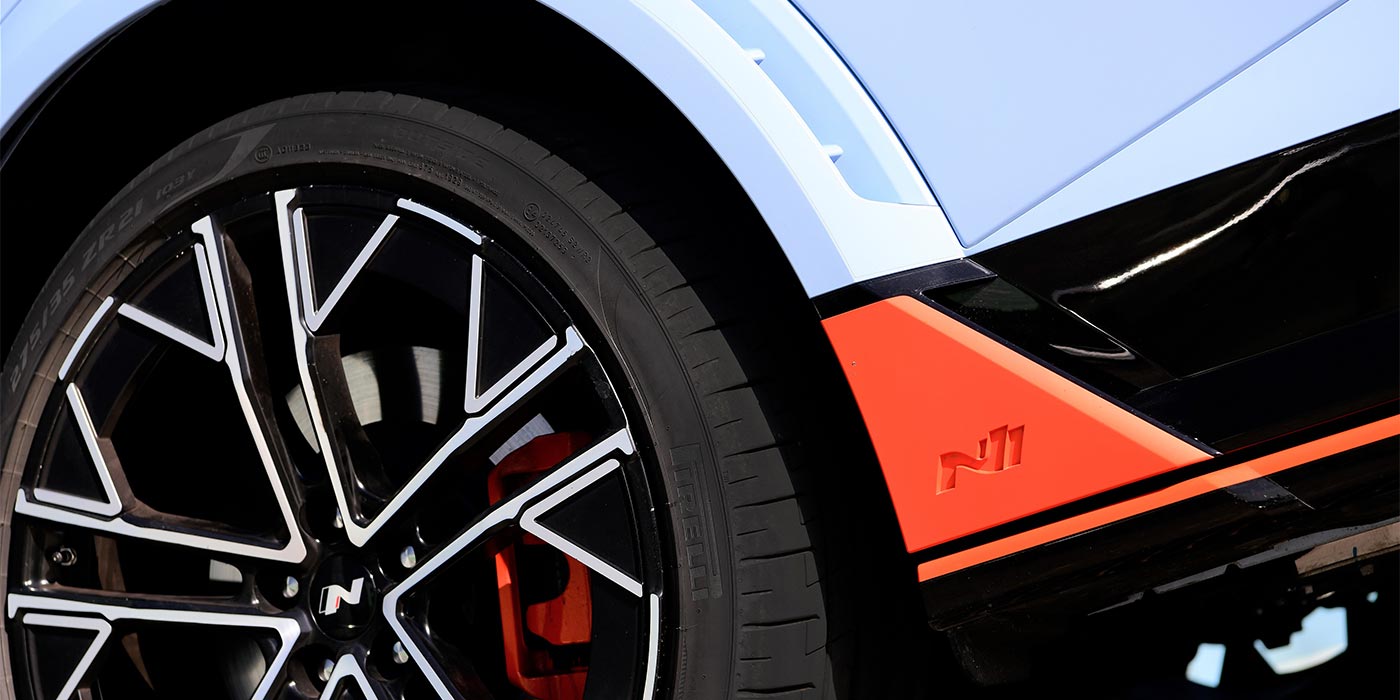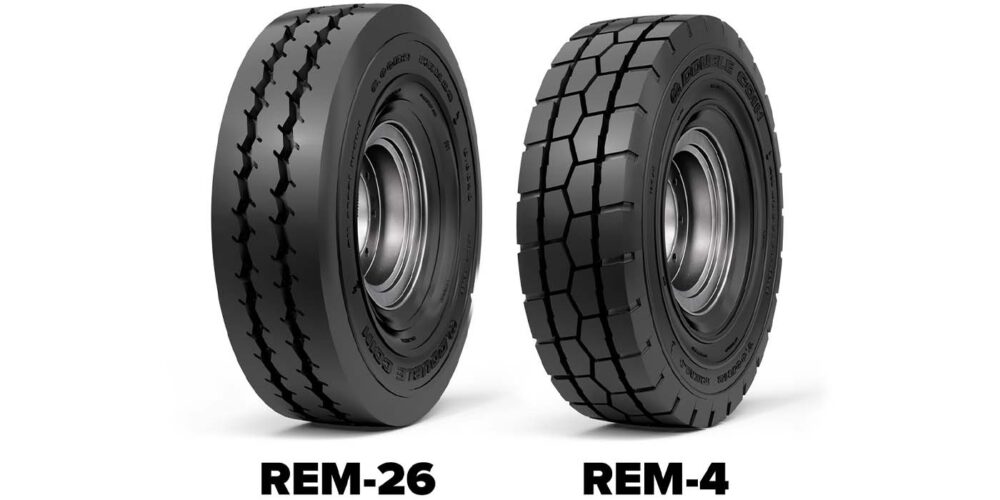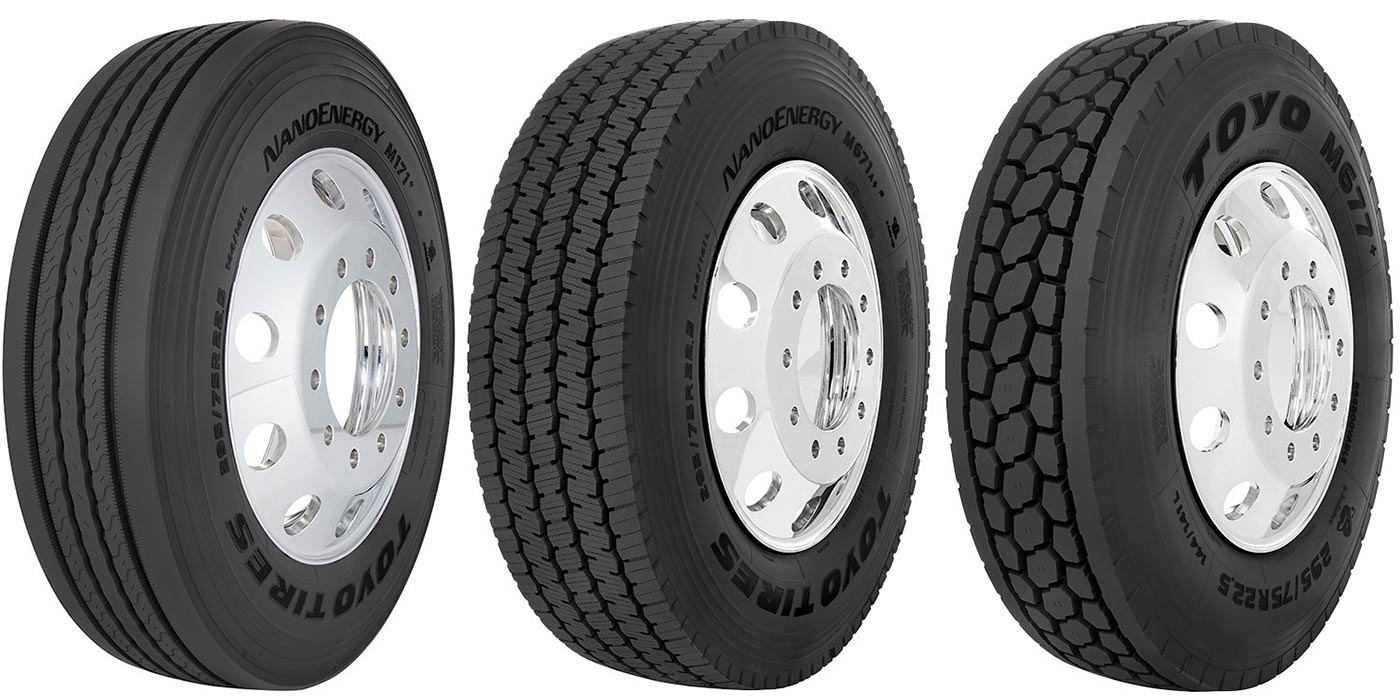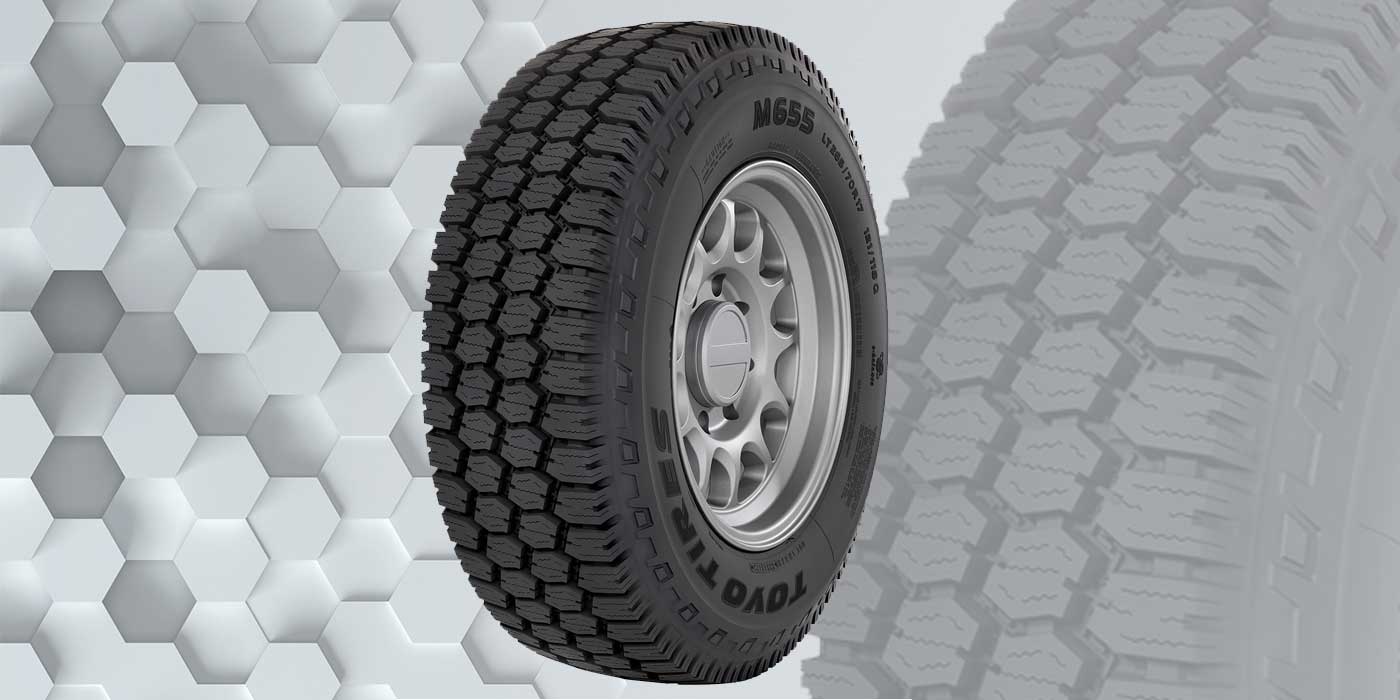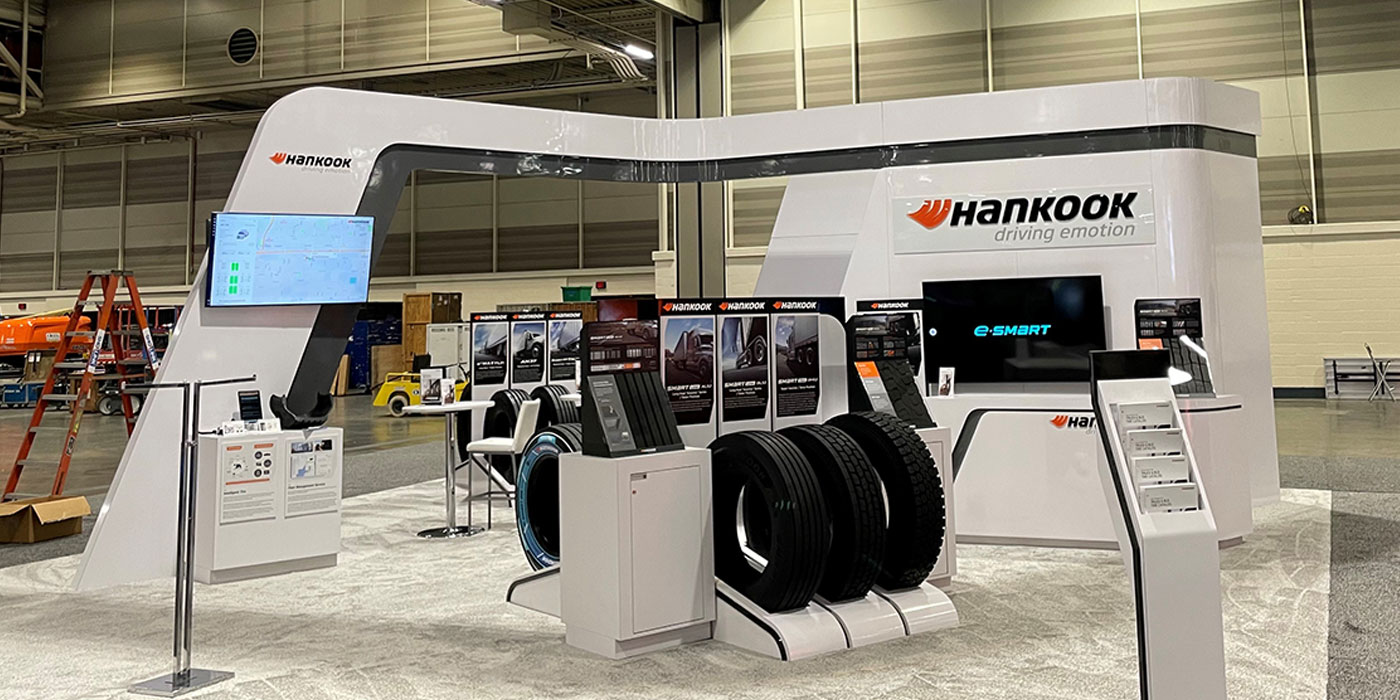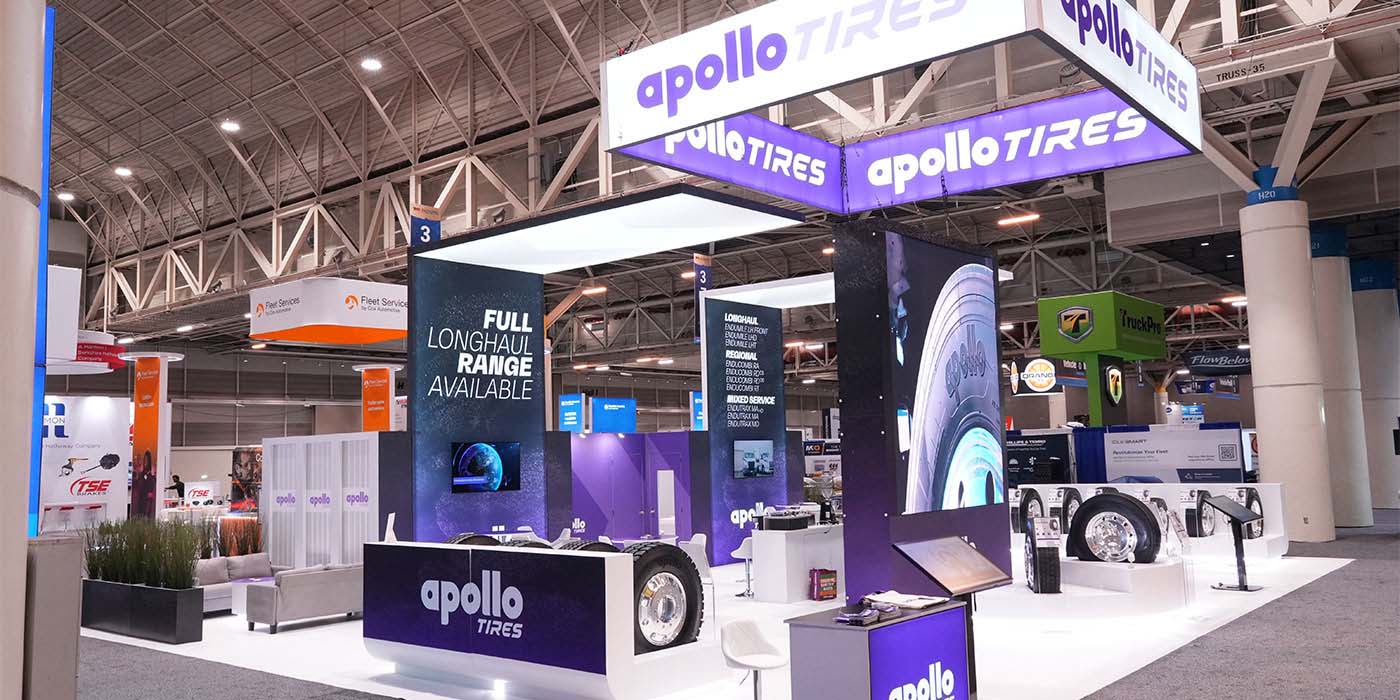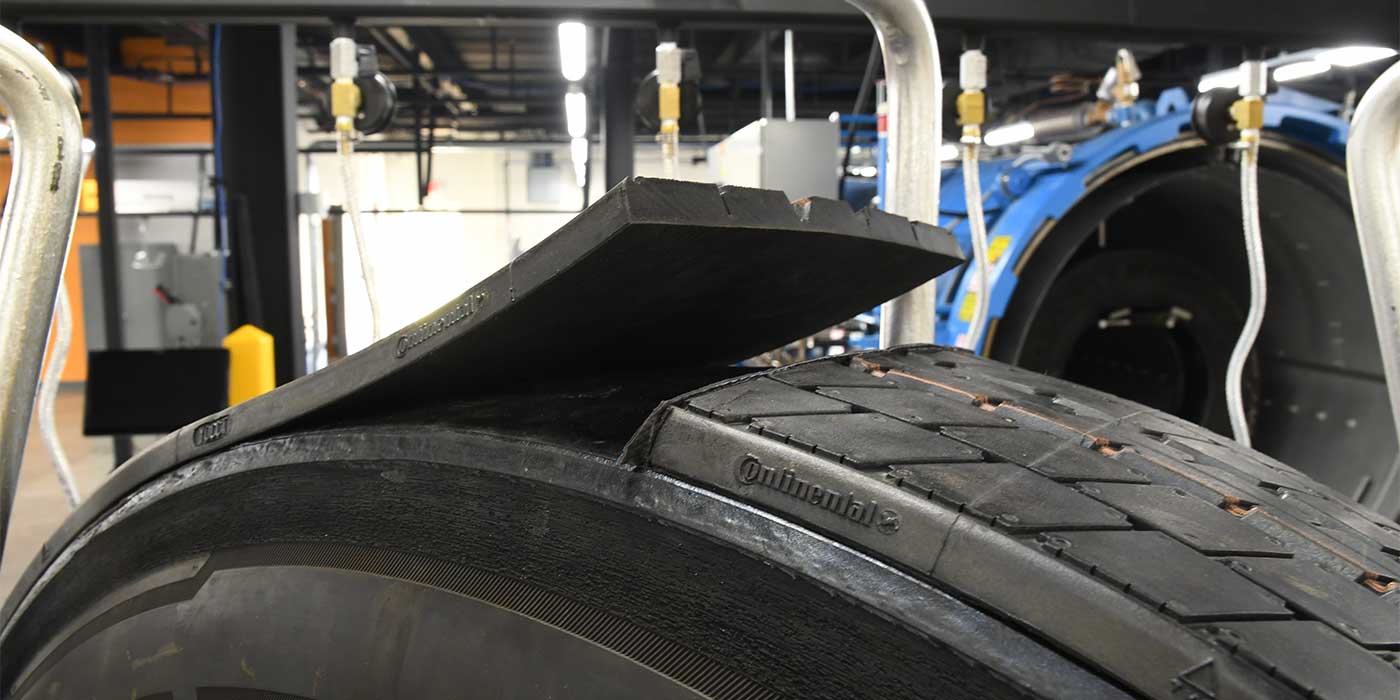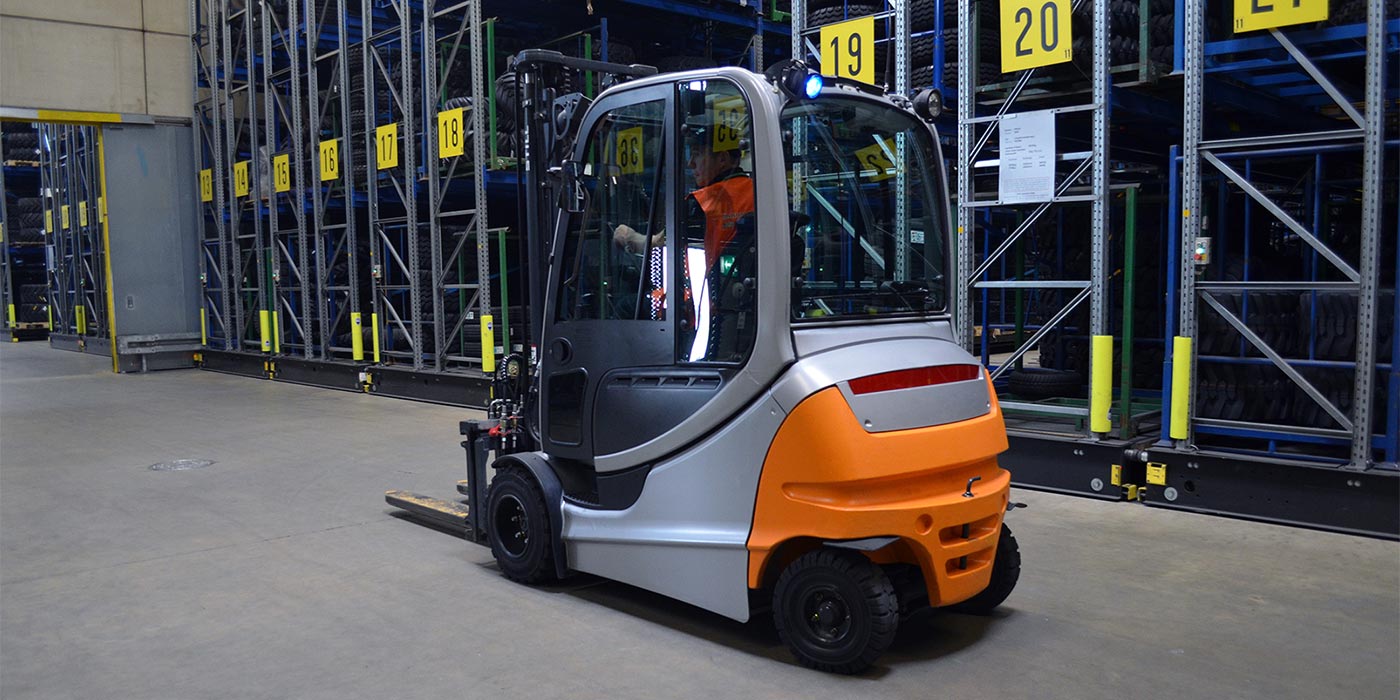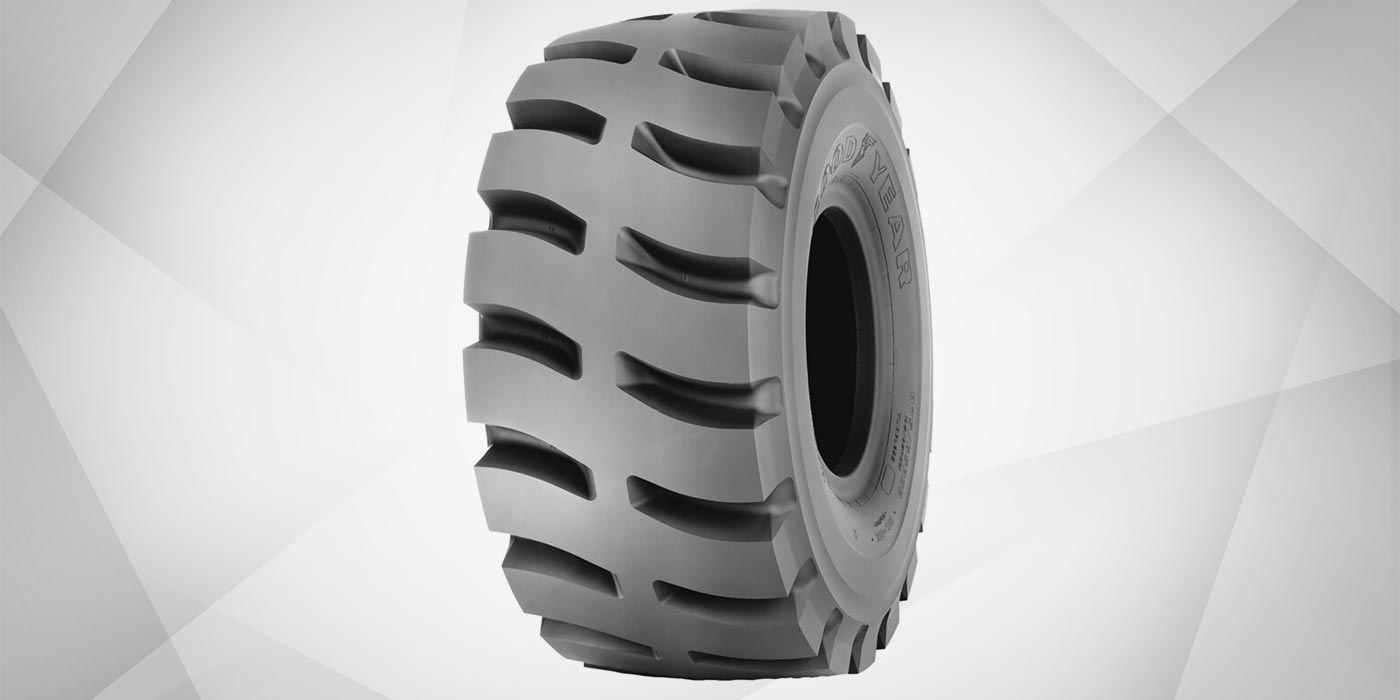When it comes to proper, dollar-saving tire maintenance, small and medium sized fleets – especially owner-operators with a handful of tractors – are probably the toughest customers.
On their tires, and on their dealers.
While they know they need tires, often times cost issues, the lack of a formal controlled vehicle maintenance program, and/or the lack of concern by the fleet owner often times conspire to prevent these customers from realizing full value and performance from the tires they run.
Tires represent the second highest operating expense for any size fleet – large or small. But, because of their size, small and medium size fleets are probably more sensitive to the bottom line. And that gives dealers a unique opportunity to provide "big fleet" tire services – if you’re willing to put in the extra effort to sell the need.
Detailed Investigation
For the purposes of discussion, let’s define a small fleet as one with between five and 25 tractors or straight trucks. A medium fleet will be defined as having between 25 and 100 power units. And while primarily considered single-unit truckers, an owner-operator could have as many as five tractors or trucks, based on a popular industry measure.
Small/medium fleets and owner-operators have tire buying, tire and vehicle maintenance patterns and preferences unlike those of the larger brothers.
Some small/medium fleet operators prefer buying their tires – and getting tire and vehicle service – from a local truckstop. Others work with one tire dealer for their tire needs, but may not have a regular tire program. Still others have no single supplier relationship, buying new tires from one source, retreads from another.
So the first priority in approaching these fleets is getting a clear understanding of their buying patterns, preferences, and tire and vehicle maintenance levels.
Just as you would in approaching a larger fleet, you need to gather a ton of information about the fleet itself: Where does it run – locally, regionally or cross-country? What does it haul? How many miles do the power units and trailers travel each month? What brand, size and type of tires does it use now? Does the fleet use retreads, or all-new tires?
Look for consistencies as well as inconsistent patterns. Find out anything and everything you’ll need to develop a logical plan of attack, and a cost-effective tire program you can offer the fleet.
Outline Your Recommendations
Next, think about standard and extended services you could offer. Standard services are pretty cut and dried, but certainly should include regular tire inspections, recordkeeping and analysis, ordering and inventorying, repair and retreading (either directly or through partnering with a local retreader), and a proactive inflation and maintenance program.
Expanded services – those beyond the usual product and service realm – are a little tougher to compile. For instance, local or regional fleets might benefit from a roadside assistance offering. Perhaps you could link up with other dealers in your region or a local towing company to provide 24-hour emergency service. Maybe your tire suppliers have special programs that provide additional services – like emergency roadside service – you could offer. A little creativity can go a long way.
Small/medium fleets and owner-operators are dollars and cents businesspeople. Often, however, other issues overshadow their business-owner role. The best approach, though, is to present in simple, easy-to-comprehend terms your proposal for services, a proposed action plan, the costs of new and retreaded tires (if called for), and the costs for a proper tire maintenance program.
Along with that, outline the real bottom-line cost savings the fleet could realize with your proposal vs. what the fleet is doing at present. Nothing gets to the heart of the matter quicker than real dollar savings, even if it means the fleet may be spending a little more for better quality products and services.
Getting to ‘Yes’
The toughest nut to crack with smaller fleet operations is the value and necessity of a regular tire inspection program. While large and mega fleets like Ryder, Ruan, Roadway, Averitt and others easily understand the value of inspections and work hand-in-hand with their tire dealers to develop workable and enforceable preventative tire maintenance programs – smaller fleets operate on a completely different level.
Fleets make their money on the road, not sitting in the yard. And this is an even more sensitive issue with most small/medium fleets and owner-operators.
The first hurdle is convincing the fleet owner of the real value of a regular tire inspection and inflation program. Smaller fleets are a tougher sell, often due to time and dollar restrictions. And sometimes because of a more entrepreneurial "I got this far doing it my way, I’m not about to change now" attitude. Just think about how you’d feel if someone tried to tell you how to run your business.
While a straightforward, bottom-line approach may work with some prospective fleet customers, you might need a different kind of bait to hook the smaller fleet fish. If you have other satisfied fleet customers, perhaps they will allow you to use them as a reference. Or allow you to use some of their favorable results to illustrate your point. Depending on your relationship, your current customer might even call the prospect on your behalf and help sell the value of inspections – and your services.
Remember, too, that every tire supplier has reams of material available that document the bottom-line savings properly maintained tires deliver.
The next hurdle is execution. Smaller fleets run the same irregular schedules as large fleets. With a large fleet customer, you might need (and can afford) to have your tire technician on-site every day to handle tire inspections and maintenance.
That’s usually not a cost-effective solution with smaller fleets. So you’ll probably have to adjust to the fleet’s often-erratic schedule in order to conduct needed inspections and inflation.
Keeping Good Records
Without consistent and reliable recordkeeping, all the tire inspections in the world won’t improve a fleet’s tire costs. Here again, treating the smaller fleet customer like a big guy makes a difference. "Tire cost-per-mile" might seem like a foreign concept to some small fleet operators, but without good records you’ll never be able to translate that into easy-to-grasp dollar savings.
The bottom line to their bottom line: Don’t shortchange your small/medium fleet customers when it comes to maintaining complete tire records and delivering useful tire performance and cost analysis.
Tire recordkeeping for fleets have never been easier. While the old card file system hasn’t been totally eliminated, even among larger fleets, there are many inexpensive and highly effective inspection and software products available today.
Goodyear, Michelin, Bridgestone/Firestone and other tire companies offer comprehensive tire recordkeeping software packages that provide detailed analysis of new and retread tire performance, cost savings, inventory management, and more, as well as predict service life and change-out cycles. Other companies, like International Marketing Inc., also offer effective software systems and inspection tools.
Make Them Feel Big
If you’ve noticed that much of this is exactly how you’d handle a larger fleet, you’re right. Small guys want to – need to – feel big, too. They are small businessmen, just like you. But in their world, they operate an important business.
Remember these smaller fleets are often not getting "big fleet" discounts on fuel, maybe not getting the lowest price deal on tires, and may not have some of the other time- and money-saving advantages larger fleets enjoy.
If you treat them as you would a larger fleet, right down to the level of products and services and how you approach their business, you will not only win the business, you’ll have a loyal long-term customer, as well.


